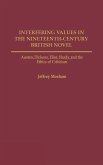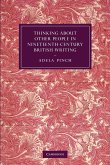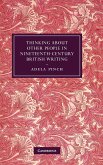During the 18th and 19th centuries in Britain there was a wide range of literary humor. Much of this humor was satiric, ranging from the sharp barbs of Pope and Swift to the more subtle but stinging wordplay of Addison. In the 18th century, Richardson, Fielding, Smollett, and Sterne wrote humorous novels, in which they criticized society. The period was largely dominated by satire, in which the dunce was a common figure. There was a proliferation of satires in prose and verse, along with satiric operas, pamphlets, and other writings. During the 19th century, writers such as Dickens, Thackeray, Eliot, and Carlyle continued to use humor to comment on the issues of their day, though their writings were often far more gentle than those of their predecessors. This reference book is a comprehensive guide to how British writers of the 18th and 19th centuries used humor in their works. An introductory chapter overviews humor in British literature of the era. The sections that follow then treat humor in British literature of the 18th century and of the early, middle, and later 19th century. Each of these sections includes a short introduction, followed by chronologically arranged profiles of various authors. Each profile discusses how the author used humor and includes extensive bibliographic information. A thorough index allows the reader to access information alphabetically, while the chronological arrangement of the profiles shows how humor in British literature evolved over time.








